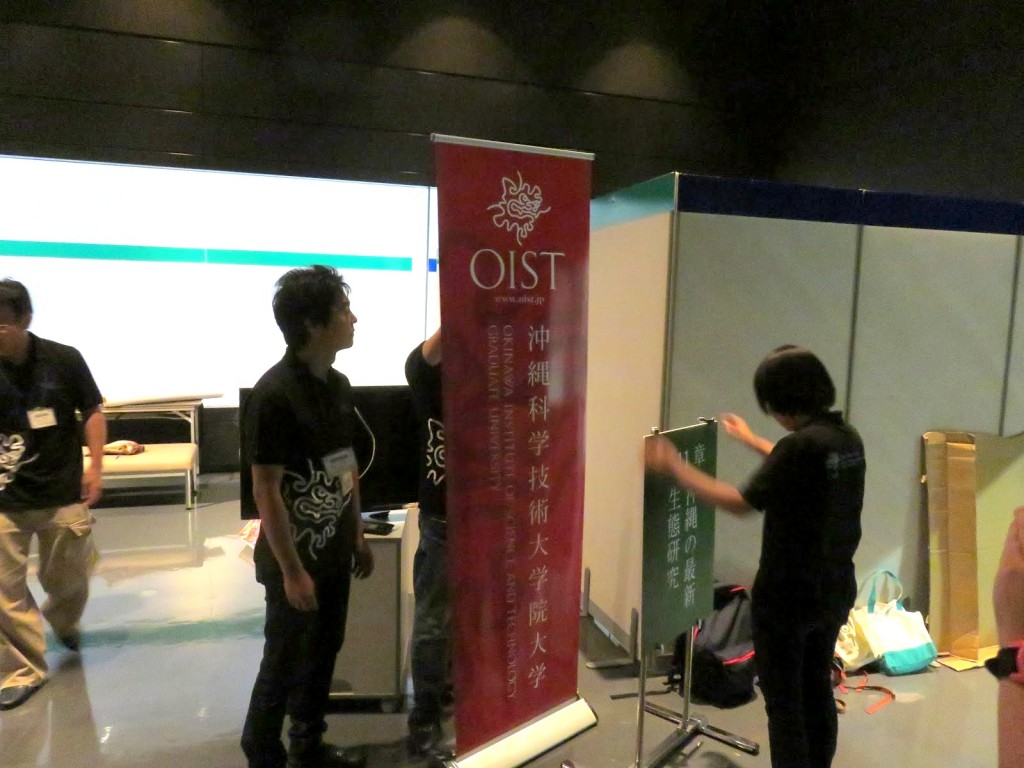
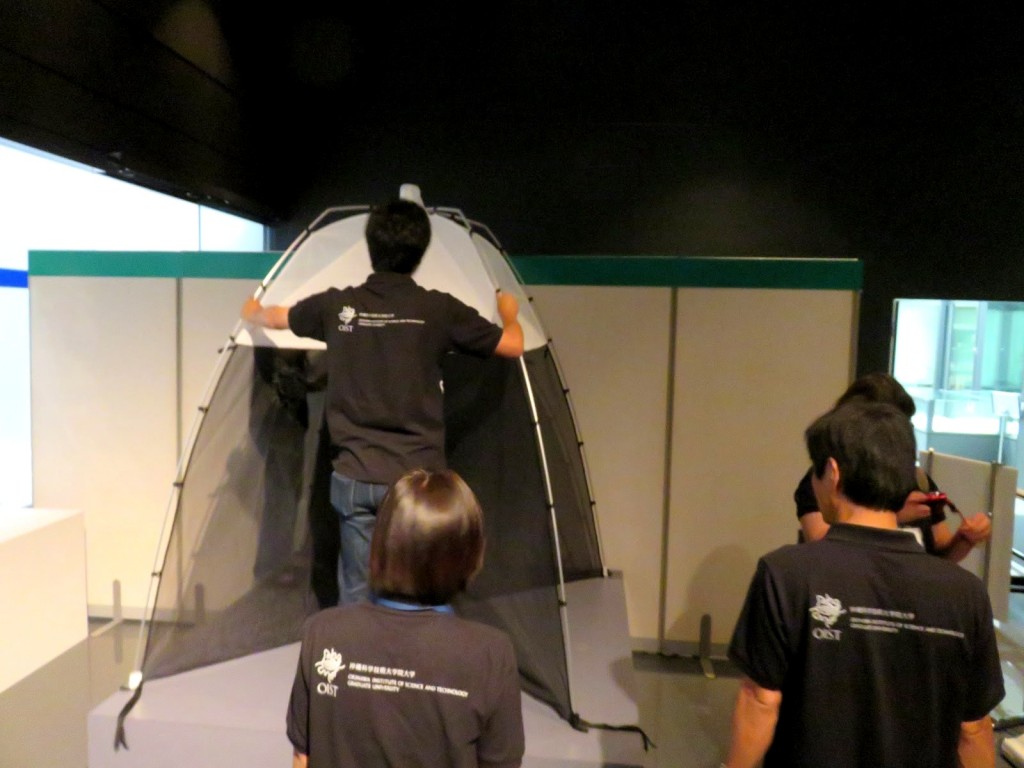
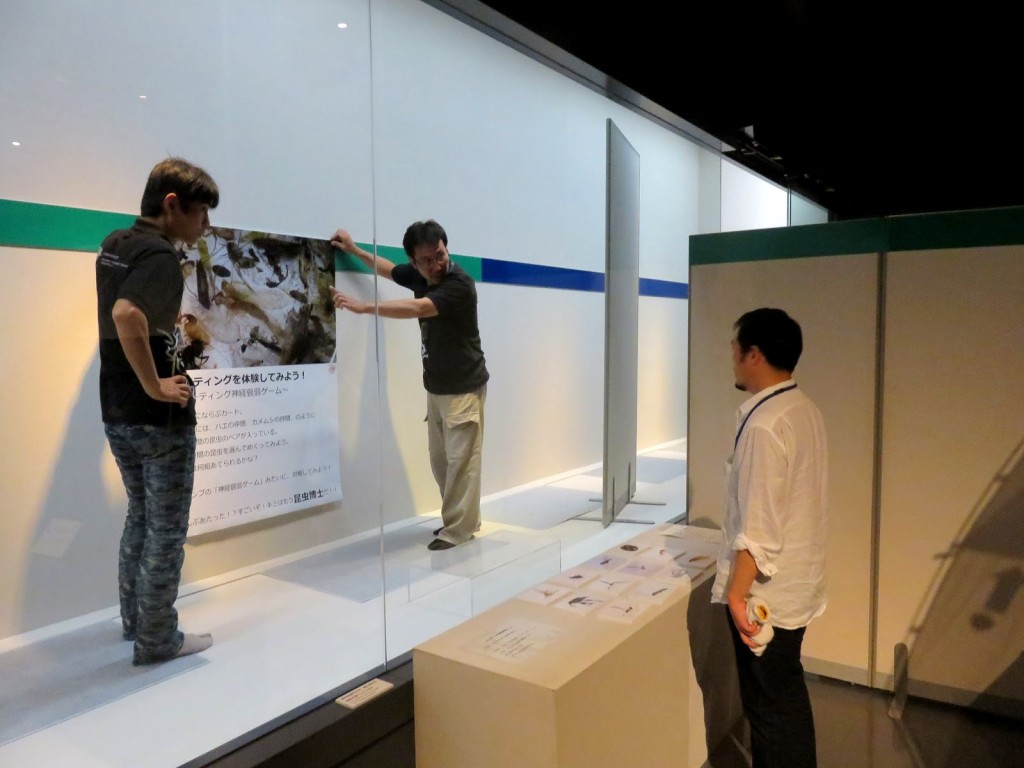

Biodiversity & Biocomplexity Unit, Okinawa Institute of Science & Technology Graduate University




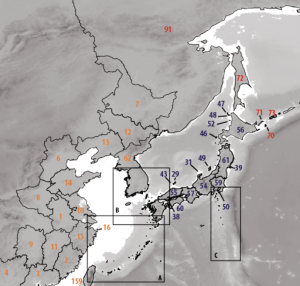
A new paper is out in Journal of Biogeography, led by Patricia Wepfer. The paper uses our GABI data as a basis to analyze patterns of beta diversity in East Asia. As expected, climate had a major effect on ant beta diversity. But we also found a surprising effect of historical land connections that explained ant diversity patterns better than modern connectivity.
The paper can be accessed here.
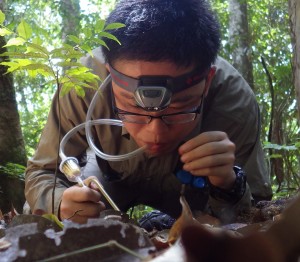
A new paper published by Cong Liu et al. in Ecological Monographs reports on how agricultural activity and the associated habitat conversion affects organisms by using ants as a surrogate for all invertebrates. Specifically, the authors investigated the effects of conversion to rubber plantation on leaf-litter ant taxonomic, functional, and phylogenetic diversities in Xishuangbanna in southeast China. They found a sharp decline in species richness and low beta diversity after the habitat conversion.
The original article can be found here and the article by the OIST media section on the paper can be found here
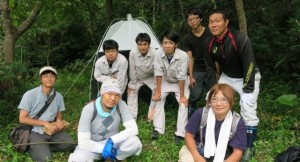
On March 31, 2016, the OKEON team set up the final site for insect collection in Higashi Village, located on the northeastern part of Okinawa. There are now 24 sites with a total of 72 traps (3 traps per site) across Okinawa.
Dr. Masashi Yoshimura, a staff scientist at our lab and the coordinator of the OKEON project, was interviewed by NHK to document the completion of site setup.
A taxonomic and biogeographic revision of some notoriously invasive species belonging to the genus Pheidole, written by the excellent Eli Sarnat! A must read for everyone interested in invasive species. [Spoiler alert: Pheidole teneriffana became a junior synonym of P. indica!] Read the exciting story behind this finding at http://www.sciencedaily.com/releases/2015/12/151214102307.htm
Original publication can be found here